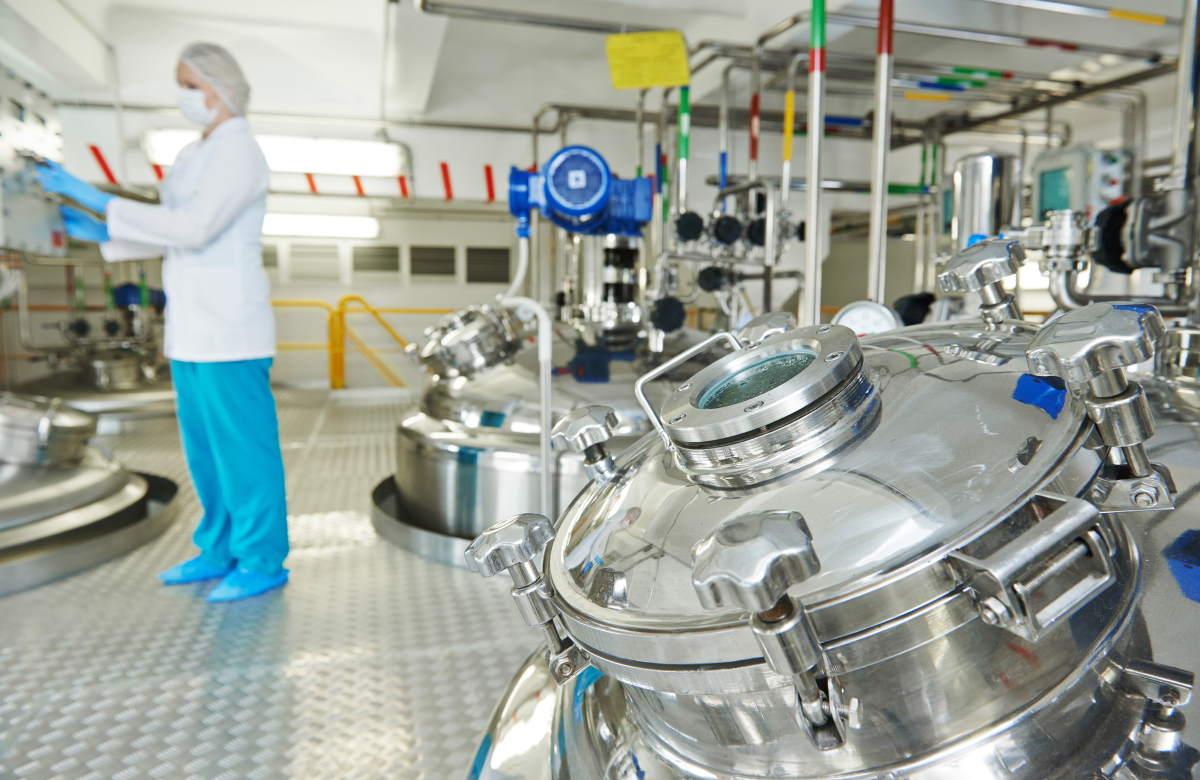Most people know illicit drug production poses many dangers. Flammability, improper disposal, and toxic fumes are just a few, especially in drugs like methamphetamine. But what about other drugs like pharmaceuticals? Are these drugs entirely safe, or do they come with their share of production dangers? Here’s what you need to know.
The Timetable
According to the Pharmaceutical Journal, the timetable for developing medications is quite extensive. The pattern follows a trajectory of pre-discovery, discovery, pre-clinical testing, phase one to three clinical trials, licensing approval, and final availability. By the end of the process, drug development has taken an average of 12 years, with costs exceeding $1 billion.
While these numbers are astronomical to the average person, most manufacturers see a global revenue averaging $18 billion for each drug, over a tenfold increase from the initial costs. This explains why the industry is considered one of the most lucrative of all, even with the long-term investment required before final availability.
But what actually happens once the drug makes it to the manufacturing process, and what kind of protocols are in place with so much money on the line?
The Process
The biggest takeaway when it comes to the process of manufacturing pharmaceutical drugs is the fact that it is a chemical process. Because of this, the main risks are related to the materials themselves, the reaction of those materials when combined, and the environment where the manufacturing process takes place. These risks include:
- Flammability risks and/or combustion
- Inhalation and ingestion risks
- Handling of pathogens, fungi, or viruses for treatment advances
- Radiation exposure
- Carbon monoxide exposure

Training, personal protective equipment, and inspection (quality assurance) mitigate these risks. However, like all other industries with a series of checks and balances, negligence, fraud, and accidents still occur with a disturbing amount of regularity.
Many people are aware of Purdue Pharma, the notorious company behind the OxyContin opioid, which is probably the greatest modern example of pharmaceutical fraud. Ongoing lawsuits total more than $12 billion in the aftermath of the opioid crisis. However, there are more concerns besides misleading information about the addictive nature of pharmaceutical drugs.
The United States operates the Food and Drug Administration (FDA) to help regulate and approve the manufacturing and use of pharmaceuticals. But this industry is international, which involves the intersection between American drug use and overseas production.
According to Newsweek, the safety standards the FDA sets are regularly violated, including the largest supplier of generic drugs, Aurobindo. The concern rose after a blood thinner was found with contamination well above the acceptable limit the FDA posed. Other drugs have made it into the United States, only to be recalled later after evidence of carcinogenic ingredients and fatal infections in patients.
The Concern
But even these examples differ from the concerns that take place long before drugs ever get into consumers’ hands. According to The Lancet, chemical pollution is a central part of the pharmaceutical drug conversation, and global production regularly exceeds pollution’s environmental risks.
This becomes a much more troubling reality when the trend of pharmaceutical production accidents is chemical fires. A quick survey uncovers a chemical fire at Laurus Labs in India, killing four employees, another fire in Porus Laboratories in India, killing six, and a reactor fire in Monasis Pharmaceutical Industry. All three of these pharmaceutical fires occurred in 2022.
The risk of drug manufacturing and its pollution is nothing new, as various scholarly articles show. However, as long as pharmaceutical companies remain as wealthy and influential as they are today on an international scale, stricter regulations will not likely happen. The supply will also be high if the demand is high. In the context of many of these drugs that have a high potential for abuse, as long as abuse remains, so will the production of these drugs.
Because of this, one of the most effective ways to improve the health of the environment and individuals is to avoid using many of these drugs, specifically those with a high potential for abuse. However, when these drugs are no longer used, our bodies can go through potentially dangerous withdrawal symptoms. Because of this, it is important to detox from harmful pharmaceutical drugs with the help of medical professionals.
Sources
- The Pharmaceutical Journal. (2015 May 12). Drug development: the journey of medicine from lab to shelf. https://pharmaceutical-journal.com/article/feature/drug-development-the-journey-of-a-medicine-from-lab-to-shelf
- International Enviro Guard. (2022 February 24). 5 Top Safety Risks in Pharmaceutical Manufacturing. https://int-enviroguard.com/blog/5-top-safety-risks-in-pharmaceutical-manufacturing
- Vector Solutions. (2020 January 3). Pharmaceutical Manufacturing Safety Challenges and Solutions. https://www.vectorsolutions.com/resources/blogs/pharmaceutical-manufacturing-safety-challenges-and-solutions/
- European Pharmaceutical Review. (2021 May 13). Six major risks facing pharmaceutical manufacturers in 2021. https://www.europeanpharmaceuticalreview.com/article/153871/six-major-risks-facing-pharmaceutical-manufacturers-in-2021/
- Delphi Behavioral Health Group (n.d.). The Most Potent (Strongest) Opioids Currently Available. https://delphihealthgroup.com/opioids/most-potent/
- Newsweek. (2022 December 27). FDA’s Failure to Inspect Overseas Drugmakers Puts U.S. Lives at Risk | Opinion. https://www.newsweek.com/fdas-failure-inspect-overseas-drugmakers-puts-us-lives-risk-opinion-1768867
- Live 95.9. (2022 December 27). Alert! Blood Pressure Tablets Recalled Due to Potential Cancer Risk. https://live959.com/alert-blood-pressure-tablets-recalled-due-to-potential-cancer-risk/
- The Lancet Planetary Health. (2022 December). First, do no harm: time for a systems approach to address the problem of health-care-derived pharmaceutical pollution. https://www.thelancet.com/journals/lanplh/article/PIIS2542-5196(22)00309-6/fulltext
- The News Minute. (2022 December 27). Four killed in fire at pharma SEZ in Andhra Pradesh. https://www.thenewsminute.com/article/four-killed-fire-pharma-sez-andhra-pradesh-171335
- The Hindu. (2022 April 14). Six were killed and 12 were injured in a major fire at the pharma unit. https://www.thehindu.com/news/national/andhra-pradesh/six-killed-and-12-injured-in-major-fire-at-pharma-unit/article65321411.ece
- Telangana Today. (2022 April 30). Sangareddy: Massive fire accident at Pashamylaram Industrial area. https://telanganatoday.com/sangareddy-massive-fire-accident-at-pashamylaram-industrial-area
- National Library of Medicine. (2014 November 19). Pollution From Drug Manufacturing: Review and Perspectives. https://www.ncbi.nlm.nih.gov/pmc/articles/PMC4213584/
- Pharma Services. (2018 October 2). Pharma and the environment: pollution continues despite public pressure. https://www.pharmaceutical-technology.com/features/pharma-and-the-environment-pollution-trend/
- What are the Dangers of Pharmaceutical Drug Production? - January 8, 2023
- Drug Disposal and Our Water Supply: The Unsuspecting Risk - October 31, 2022
- The Unsuspecting Hazard of Fentanyl - August 7, 2022
